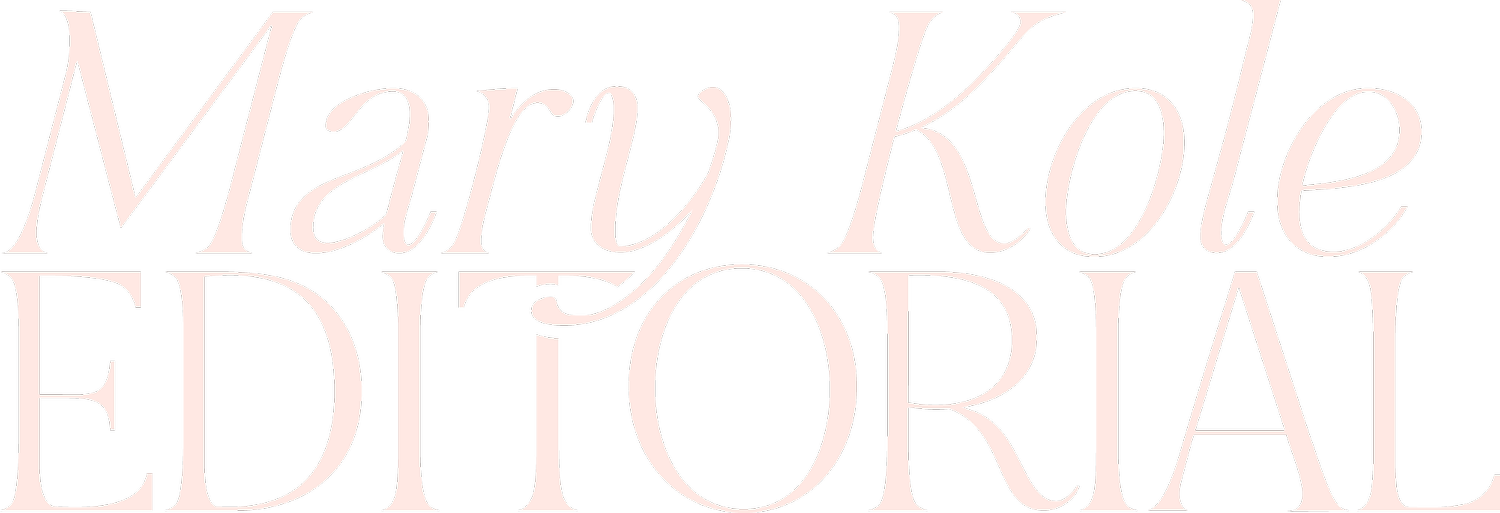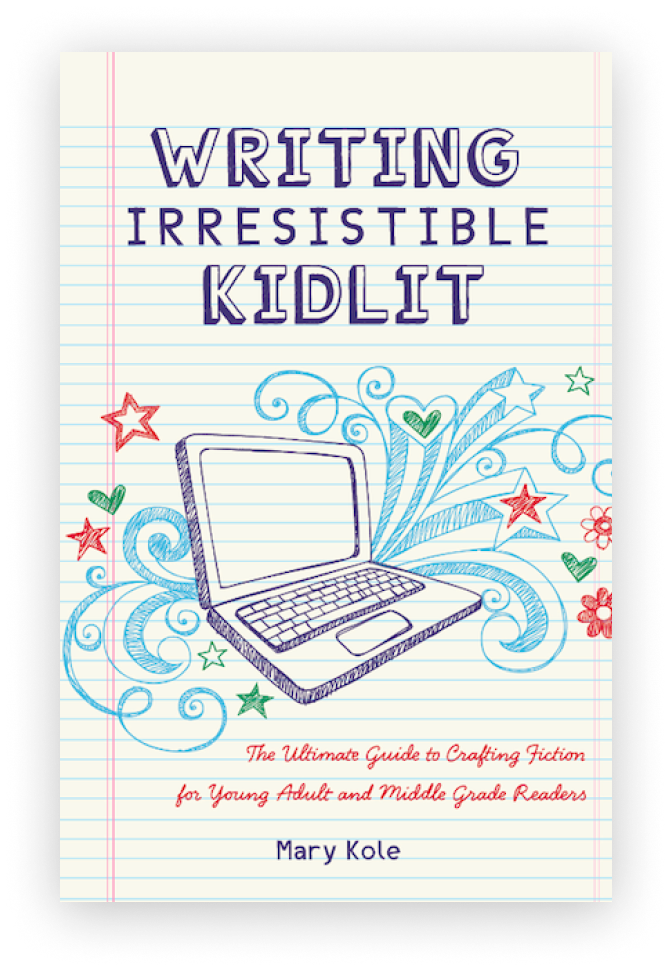The Power of Imagery In Writing
By Mary Kole
Mary Kole is a former literary agent, freelance editor, writing teacher, author of Writing Irresistible Kidlit, and IP developer for major publishers, with over a decade in the publishing industry.
As writers, we often get caught up in creating the most impressive imagery in writing as we can, using simile and metaphor to add depth and complexity to our sentences and ideas. While these literary devices can certainly enhance our writing, we shouldn't overlook the power of simple and clear writing, either. It’s often a balance. In fact, straightforward language can be just as effective in telling a compelling story. Here, we'll explore the importance of descriptive writing, simile and metaphor, and other forms of imagery in writing. We'll also make the argument that writers don't necessarily need to use the most mind-blowing literary techniques in order to tell a good story.
What is Imagery in Writing?
Descriptive writing is an essential element of storytelling. Without it, readers would have a difficult time visualizing the setting, characters, and plot points in the story. Descriptive language can create moods, evoke emotions, and transport readers to different worlds. However, there is a fine line between providing enough description to let your audience visualize your story, and overwhelming the reader with too much imagery in writing. It's important to strike a balance and use only the most essential details to create a vivid mental image for the reader.
Simile and metaphor are two of the most common literary devices used to add richness and depth to imagery in writing. Simile is a figure of speech in which two different things are compared using "like" or "as", while a metaphor is a figure of speech that describes one thing as if it were another. While these tools can certainly enhance a piece of writing, it's important not to rely on them too heavily, as your literary style can easily become distracting and take away from the story itself. Instead, focus on using simile and metaphor sparingly, and only when they truly add value to the piece. I’d gently suggest that not all images need a literary device, and sometimes, a scene is stronger without constant comparisons.
The Purpose of Imagery in Writing
Ultimately, the goal of writing is to tell a good story, and that doesn't necessarily require the most impressive imagery. What's more important is the author's ability to prove themselves through their writing. If a writer is working hard to create relatable characters, an engaging plot, and a captivating writing style, then that will come across in the story, regardless of how much imagery in writing is used. In fact, sometimes an abundance of imagery in writing comes across as compensation or insecurity—the opposite of the message that you’re intending to send! Writing simply and clearly is something to aspire to, as it allows readers to fully understand the story without getting bogged down in overly complex language.
That being said, imagery in writing is still an important tool in your writing toolbox, and there are many different ways to create it beyond simile and metaphor. One way is through sensory details, such as describing the way a character smells, tastes, or sounds. Sensory details can really add a lot to scene and setting. Another way is through symbolism, in which an object or action represents a deeper meaning. This often ties into the theme you’ve chosen. The key is to use these tools in a way that supports the story and enhances the reader's understanding of your work.
Descriptive writing, simile and metaphor, and other forms of imagery in writing can certainly add value to a piece. However, they shouldn't be relied upon too heavily or used at the expense of clear storytelling. By focusing on creating relatable characters, an engaging plot, and a captivating voice, writers can prove themselves through their storytelling without overwhelming the reader. Don’t just focus on your experience as you’re writing the project—make sure the reader will have just as good a time reading it, and that often requires delicate balance and restraint.

Click here to purchase Writing Irresistible Kidlit, my book on fiction craft for MG and YA novels, out from Writer's Digest Books. This will show you my writing craft philosophy and give you lots of valuable advice, including tips for the novel revision process and self-editing. There are over 35 example novels cited and discussed throughout. It’s a valuable resource for any writer’s toolkit.
Click here to purchase Irresistible Query Letters, my book on query letters, including over forty examples with comprehensive notes on each one. There’s a ton of submission advice, best practices, and insider information in these pages, and you’ll really enjoy seeing what other writers are doing in the slush.
Click here to purchase Writing Interiority: Crafting Irresistible Characters, my book on interiority and character creation. Explore your protagonist’s thoughts, feelings, reactions and interpretations, expectations, and inner struggles to create a rich, immersive experience. This guide will empower you to create characters who live and breathe on the page, fostering an unbreakable bond with your audience.





